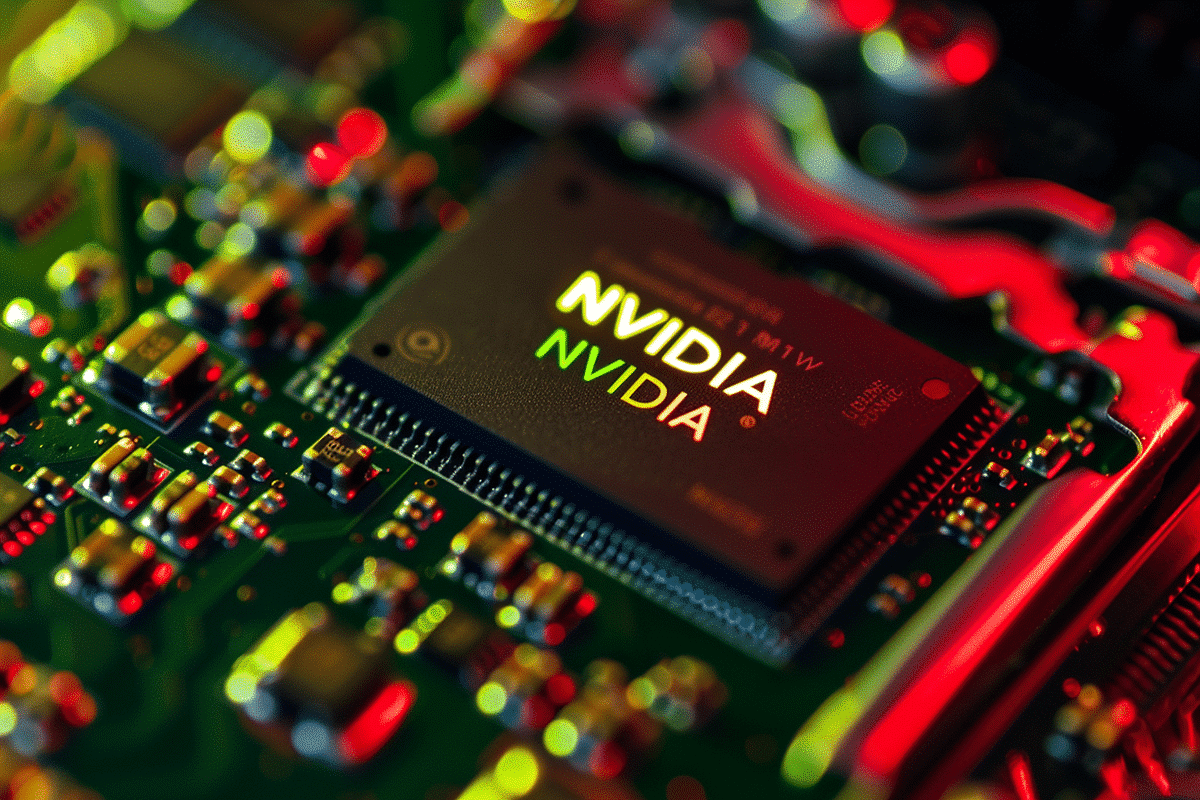Nvidia’s stock has experienced an impressive surge of over 125% in 2024, reflecting the dynamic shifts in the technology sector, particularly the rise of artificial intelligence (AI). The capital markets have entered a new phase of growth, heavily influenced by AI’s expanding influence. Nvidia, along with other tech giants like Microsoft, Meta, Apple, Tesla, Amazon, and Alphabet, is part of the “Magnificent Seven,” a group of companies leading this technological revolution.
Nvidia’s role in the AI revolution is pivotal. The company’s graphics processing units (GPUs) are in high demand, serving as essential components in a wide range of generative AI applications. This high demand has driven Nvidia’s recent stock performance, but it also raises questions about the future trajectory of its shares. To understand Nvidia’s potential over the next five years, it’s crucial to examine its current business landscape and the competitive environment in the chip and data center sectors.
Currently, Nvidia dominates the chip market. Its H100 GPUs are integral to the operations of some of the world’s largest companies, assisting in the training of sophisticated large language models (LLMs) and the development of autonomous driving software. Alongside the H100, Nvidia offers the A100 and Blackwell series GPUs and is developing successor chips known as Rubin. This continuous innovation has propelled Nvidia’s revenue to unprecedented levels.
However, Nvidia’s success isn’t solely due to soaring sales. The company’s robust lineup of chips and data center services has granted it significant pricing power, leading to meaningful margin expansion and accelerating profits. This financial strength sets Nvidia apart from many of its competitors.
Despite this positive outlook, there are challenges on the horizon. Nvidia outsources the manufacturing of its GPUs to Taiwan Semiconductor, introducing an element of execution risk. If Taiwan Semiconductor fails to meet demand, Nvidia could face supply chain bottlenecks. This scenario presents an opportunity for competitors to attract customers waiting for Nvidia products.
Emerging competitors in the GPU market include Advanced Micro Devices (AMD) and Intel. While AMD’s MI300X chip and Intel’s Gaudi 3 GPU are promising, they have yet to gain significant market traction. Nonetheless, these competitors are expected to challenge Nvidia’s dominance in the long term.
Moreover, competition is not limited to traditional semiconductor companies. Amazon has invested billions in AI, including a $4 billion investment in the AI start-up Anthropic, to boost its cloud computing business. Amazon’s homegrown Trainium and Inferentia chips are being used to train AI models, and the company plans to invest $11 billion in data centers in Indiana. Similarly, Meta is developing its own chip, the Meta Training and Inference Accelerator (MTIA), aiming to reduce reliance on external sources like Nvidia.
Looking ahead, Nvidia’s future is intertwined with the broader trends in the semiconductor and AI industries. While Nvidia is not facing an existential crisis, rising competition and the cyclical nature of semiconductor demand could impact its growth. Although Nvidia has opportunities in AI-powered software, these products are designed to work with its GPUs, meaning a slowdown in GPU demand could affect overall business performance.
Nvidia’s growth trajectory may slow as it matures and as competition intensifies. Big tech companies like Amazon and Meta, with their diversified business models, could capture market share in the chip space. As a result, Nvidia’s stock returns might normalize in the coming years, potentially being outperformed by other mega-cap tech stocks.
In conclusion, Nvidia’s remarkable performance in 2024 highlights its central role in the AI revolution. However, the future holds challenges as well as opportunities. While Nvidia remains a strong player in the tech sector, investors should be mindful of the competitive landscape and the inherent cyclicality of the semiconductor market. The next five years will be crucial in determining whether Nvidia can maintain its lead or if other tech giants will close the gap.




